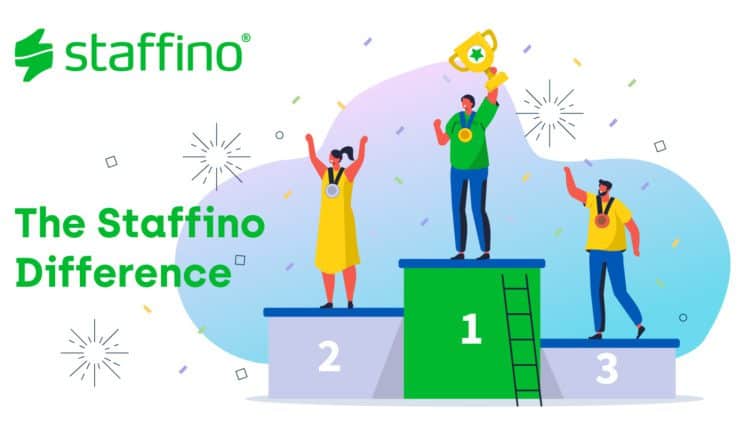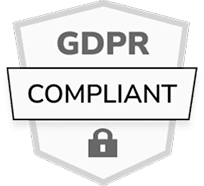Are customers satisfied with your services, products, and customer service, or what was their customer experience like? These are all questions you need to know the answer to for proper CX management. Fortunately, feedback from your customers can answer these questions for you.
Customer feedback can be defined as any information gathered from customers regarding their satisfaction with a brand. It gives you an overall view of how customers perceive your brand, products, or services. This allows you to create products and services that customers want to buy and ensure a customer experience that exceeds their expectations.
Why is feedback so important?
- It provides a clear picture of the customer experience and allows you to improve it
- Helps improve products or services
- It is the best way to measure customer satisfaction
- It allows you to increase customer retention
- Feedback is a tool for continuous learning and improvement
- It provides important data to help make critical strategic decisions
The Most Common Mistakes When Getting Feedback
1. It’s sufficient to do a customer satisfaction survey once a year. Only a few people get involved anyway.
That’s a mistake. Getting feedback shouldn’t be a one-off activity that you relegate to somewhere near the bottom of all priorities. It’s one of the most important things for a successful business, and you should be in control of its management every day. Otherwise, customers will take these surveys as a punishment, and yet they would love to be involved when done in the proper form and manner.
Ideally, customer feedback should be asked for as soon as possible after the interaction (purchase, store visit, or contact with the customer service line). You’ll significantly increase conversion – the number of responses and get a more accurate description of their experience.
2. If nobody has significantly complained, then everything is alright.
According to Ruby Newell-Legner, only 4% of all dissatisfied customers choose to leave feedback. If you see 10 dissatisfied customers who have flagged a particular issue, that’s approximately 250 dissatisfied customers. In addition, according to
surveys, up to 91% of dissatisfied customers never come back.

Get Actionable Insights with Closed Loop Feedback Management
With Staffino, you'll never leave a customer unhappy again! Streamline the process of collecting and responding to feedback, identify areas of improvement, and make sure that customer issues are addressed quickly and effectively.
3. There’s social media and emails for feedback from customers
This is feedback gathering as well, and they are still frequently used channels to gather customer experience information. However, they shouldn’t be the only ones. Of course, it also depends on the size of the company, but it’s safe to assume that many customers won’t leave their feedback in this way.
Managing customer feedback solely on social media can be playing with fire. Negative ones spread very quickly – up to twice as fast as positive ones. Try to solicit and resolve reviews, especially negative ones, with the customer before they appear on social media.
4. Customers love to deal with dozens of calls, whether they are satisfied or not
Recalling is an active CX tool and a way to solicit feedback. But what is the success rate? Does the customer have time to spend a few minutes on the line? What if they’re shopping, in a meeting, sleeping off a late night, or spending time with their family? So how many calls need to be made, how long does it take to process and how many employees need to be involved to record, evaluate and process the data?
Try to use digital channels as much as possible. Send a request for feedback via email or SMS. Customers will find the time themselves when they will attend to your request.
5. A scale from 1 to 5 stars will capture the quality of your service ideally
CSAT, CES, or NPS are widely used metrics for collecting customer experience data and are excellent for segment benchmarking. However, in isolation, this data may not provide a comprehensive picture of the customer experience, and essential information is slipping through your fingers.
At many points of sale or service, you can express your satisfaction by giving 5-star ratings or a smiley face. This gives you an indication of the current status and whether customer satisfaction is improving or deteriorating over time. But what is the reason for the change?
The use of these metrics should be combined with an option where the customer can express the reason for their rating.
Conclusion
Managing feedback and customer experience is a process that changes and evolves according to the current market situation and customer requirements. It’s a broad topic that we will continue to cover in detail in future blogs.









